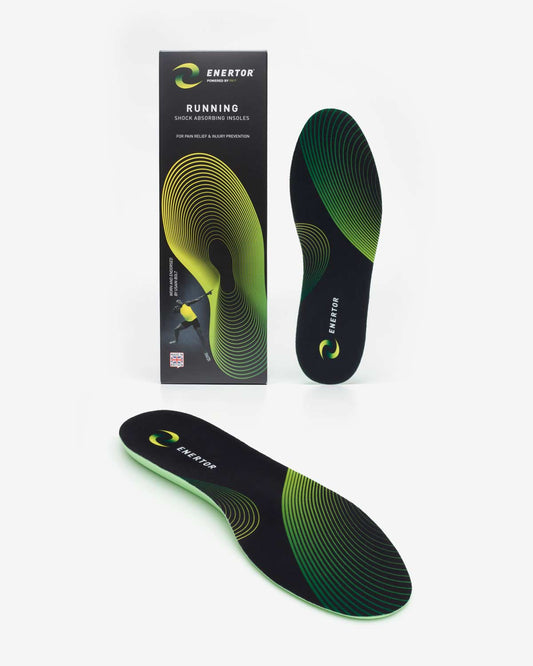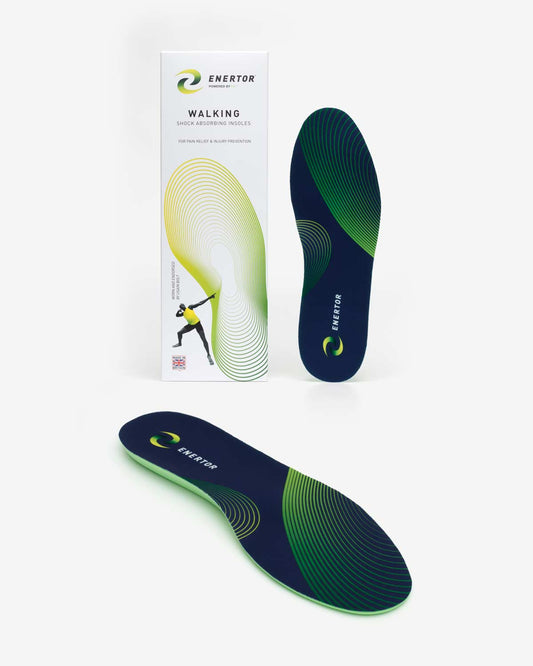Back pain
Back pain affects a large proportion of the population at some point in their lives. This type of pain is usually a symptom of another medical condition, and it can have a variety of causes.
Multicolumn
Symptoms of back pain
The main symptoms of back pain include:
- Back pain can range from mild aches and pains to severe shooting, burning, or stabbing pains.
- The pain may radiate down your leg or worsen when you bend, twist, lift, stand, or walk.
- The majority of lower back pain is caused by an injury, such as muscle sprains or strains caused by sudden movements or poor body mechanics when lifting heavy objects. Low back pain can also be caused by certain diseases, such as spinal cord cancer. a herniated or ruptured disc
- Upper back pain can be sharp and excruciating, and it can feel knife-like, burning, or as if you're being gripped in a vice. It is usually concentrated in one location rather than dispersed across a region.
What causes back pain?
- Inflammation can cause discomfort, heat and pain and if the inflammation lingers because of an injury it can cause chronic soreness in your back and spine.
- Lifting heavy objects and even sleeping in an awkward position can lead to a sore back. Strained or sprained one of the many tendons and muscles in your back can sometimes cause tightness and spasms.
- Injured slipped or ruptured disc, is where the tissue separates the bony vertebrae of your spine. When these discs move out of place, bulge or are injured they can become painful and even debilitating. Discs become more prone to damage as you age.
- Your spine keeps you body upright and poor posture and excess body weight can both cause extra stress on your spine. When your back muscles have to work extra hard this can cause discomfort and aching in your back.
- Arthritis is a type of chronic inflammation that can affect joints throughout your body, including your back. Arthritis pain is often associated with stiffness and swelling.
- Osteoporosis is a disease causing bone mass to decrease especially in the hip wrist and spine. This makes the bones weaker and can lead to painful fractures.
- Fibromyalgia is most likely caused by abnormalities in the nervous system causing pain throughout your body including your back.
Treatment and prevention of back pain
- Lifting objects correctly, sleeping in a back-friendly position, and maintaining a healthy body weight are all factors that can help relieve back pain.
- If you have severe back pain or slipped discs, which can cause debilitating pain radiating down the legs, you should consult a doctor.
- People who experience recurrent episodes of lower back pain should consider walking as a low-impact form of exercise. Begin with short sessions and gradually increase in length.
- If your back pain persists, try swimming in a pool where the water supports your body, but avoid any strokes that twist your body.
- Stretch the hamstrings (the large muscles in the back of the thigh) twice daily before going for a walk to reduce stress across the low back.
- Muscle toning and strength training are also important, especially for the back's core muscles.
- Impact from your feet travels up through your ankles, knees, hips, and back, so make sure your footwear protects your lower back.
- Replace the insoles in your trainers or other footwear with Enertor walking, which combine a functional design with a material called PX1 and a unique shock attenuating material specifically for walking insoles, providing up to 60% protection and lowering the risk of injury and pain.
- Because upper back pain is caused by large muscles in the shoulder area, stretching and strengthening exercises for your back, shoulders, and stomach are recommended.
- Improved muscle strength aids in the support of your spine, and exercise will also strengthen the muscle groups that support your mid-back, which will aid in the relief of pain.
- Long-distance running or jogging is an excellent way to strengthen your heart and improve your body's endurance. Although a little muscle burn is normal after a workout, some runners experience sharper and more significant upper back pain.
- Whether you're running for fitness, fun, a marathon, or training, you're putting yourself and your feet under a lot of stress, so we recommend doing a thorough warm-up before you start. When you run, you put six times your body weight through each foot, which is one of the reasons why protection under the foot is so important, not just for your feet but also for your lower limbs, hip, and back. Replace your trainers when they wear out, on average every 700 kilometres, to avoid the risk of injury. Most trainers come with thin insoles; replace them with Running insoles, which combine a functional design with a material called PX1 with a unique shock attenuating material providing protection and energy return.
- If you have any doubts about your back pain condition, we recommend that you consult a medical practitioner.
Insoles that work
-

Running insoles
Running & high impact sports
-

Walking insoles
Walking, hiking & daily use





